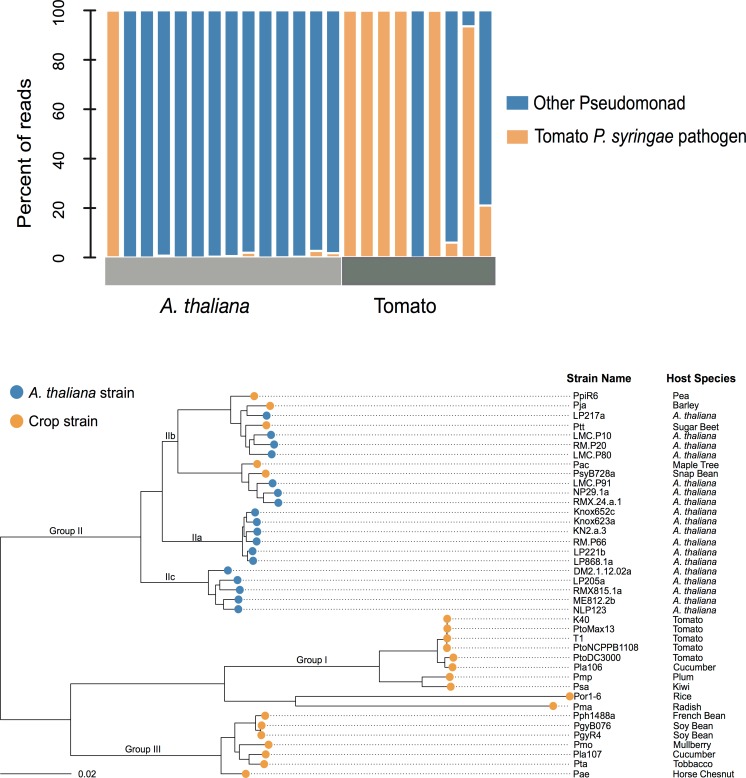Fig 2. P. syringae from A. thaliana are genetically diverse, but are derived from one phylogenetic clade.
(a) Pseudomonad composition of leaves of A. thaliana and tomato collected from the Midwestern USA was assessed via phylotyping of gyrb. The composition of Pseudomonads was significantly different between the leaves of tomato and A. thaliana (P = 0.008, Wilcoxon-rank-sum test), with the tomato leaves composed primarily of strains resembling the abundant tomato strains. (b) Maximum likelihood phylogeny of strains sequenced in this study based on 492 conserved genes. The scale bar indicates 2% sequence divergence. A. thaliana strains were primarily derived from phylogenetic group II, a result recapitulated in the wider MLSA (Fig 1). Group IIc lacks a canonical T3SS [27].

